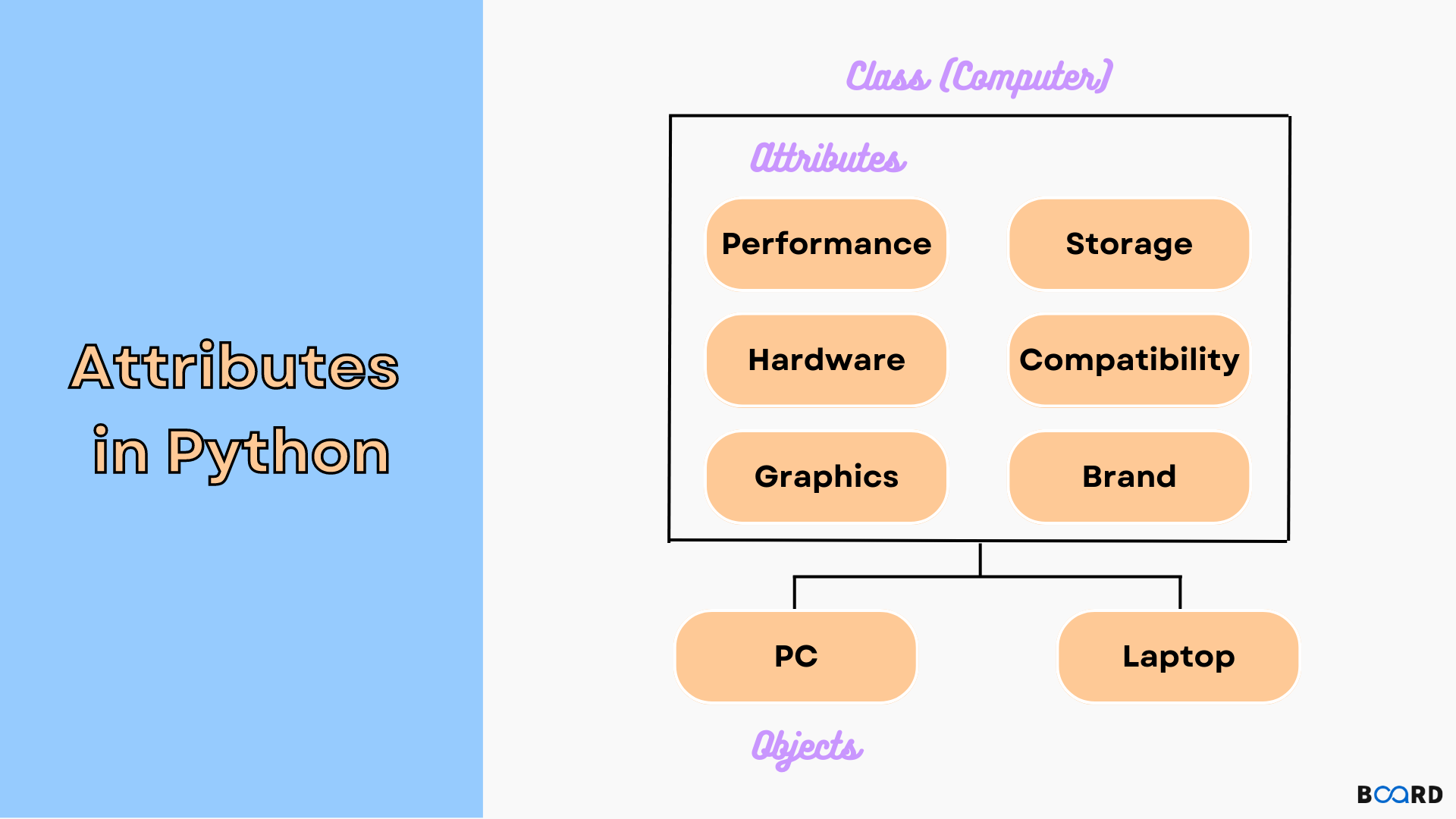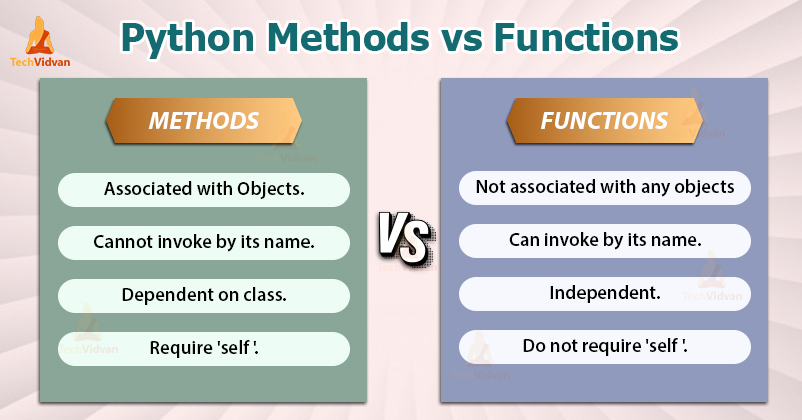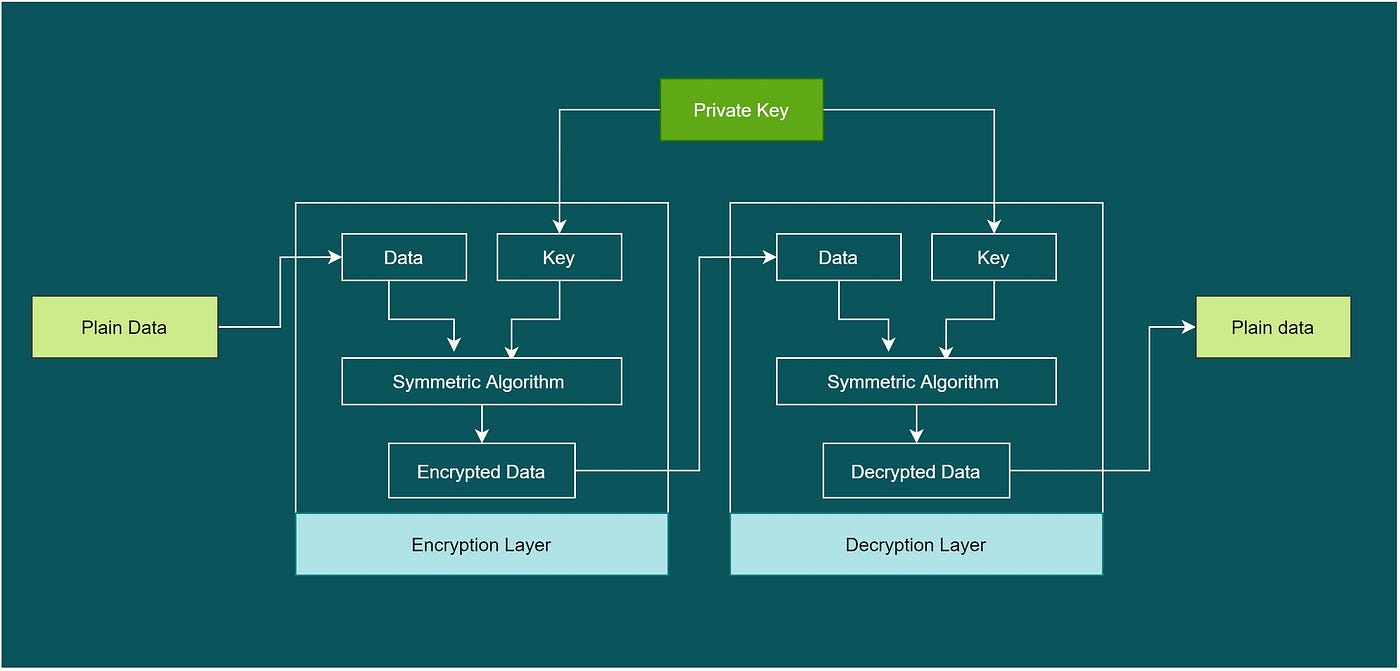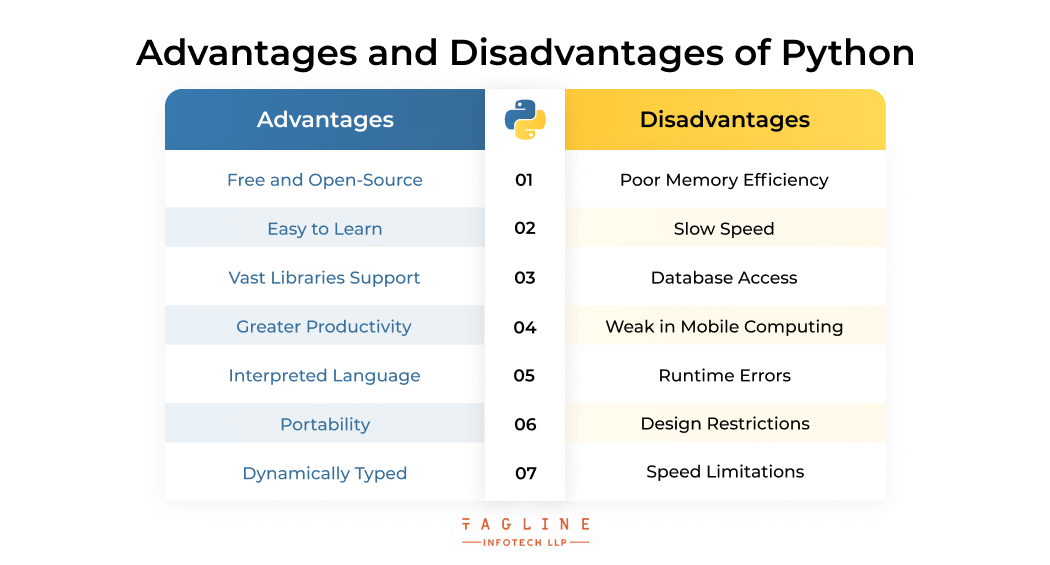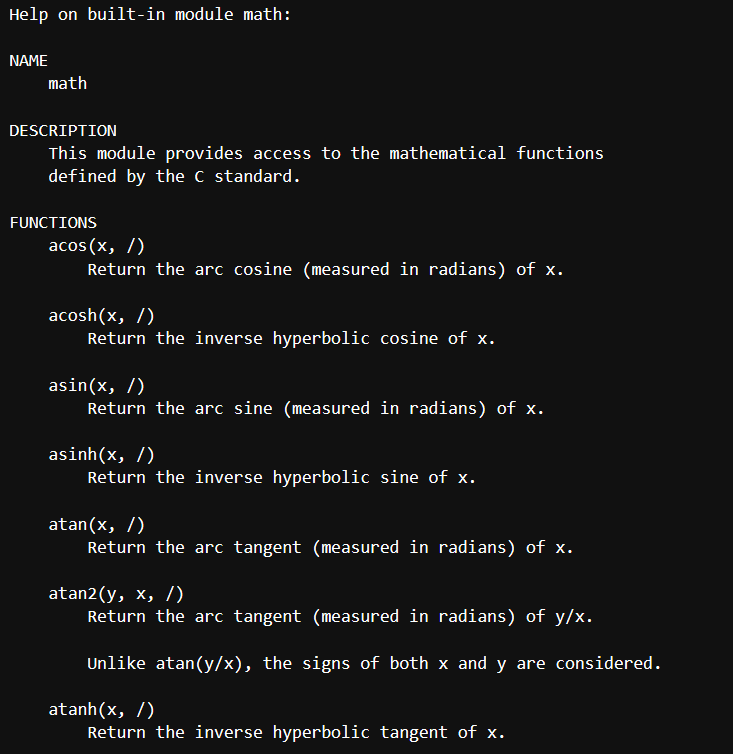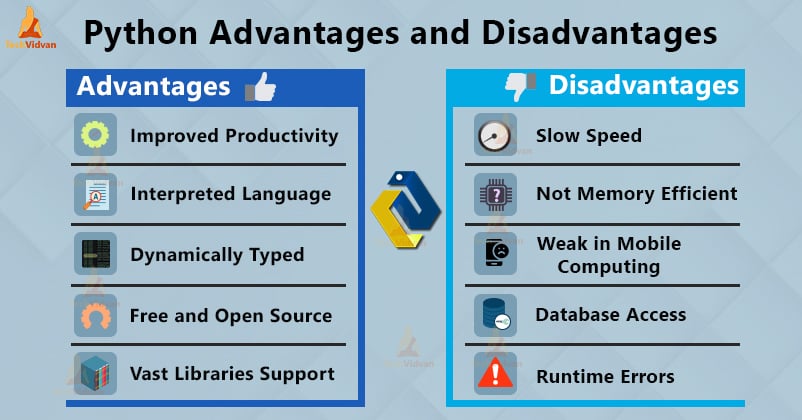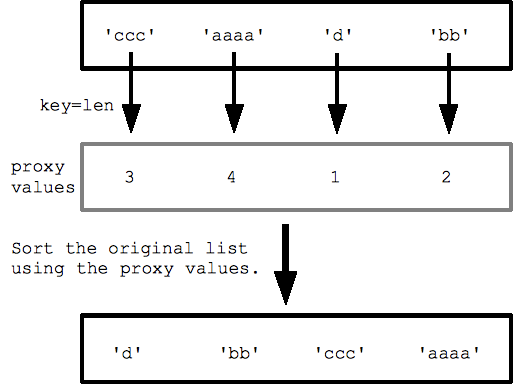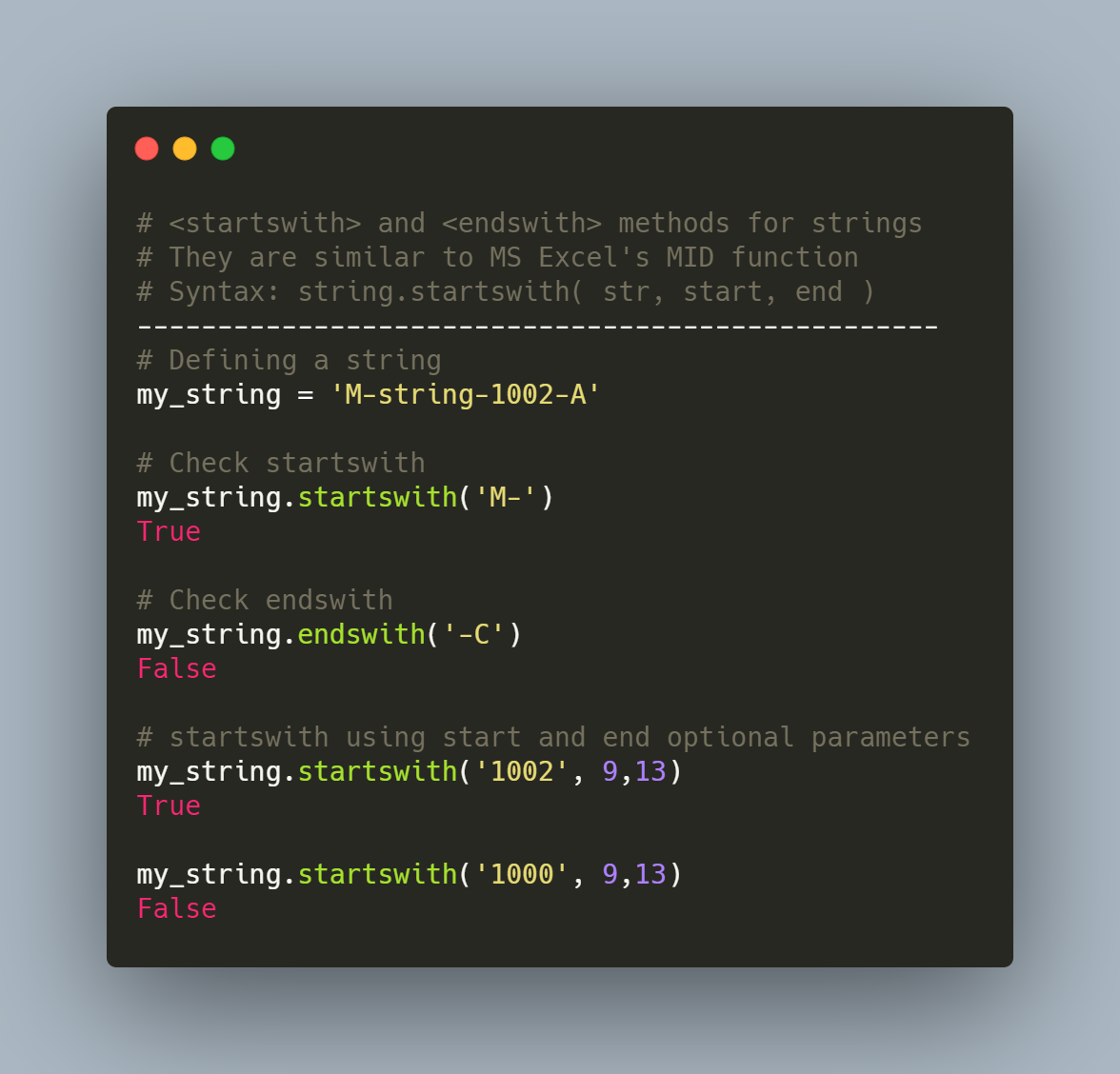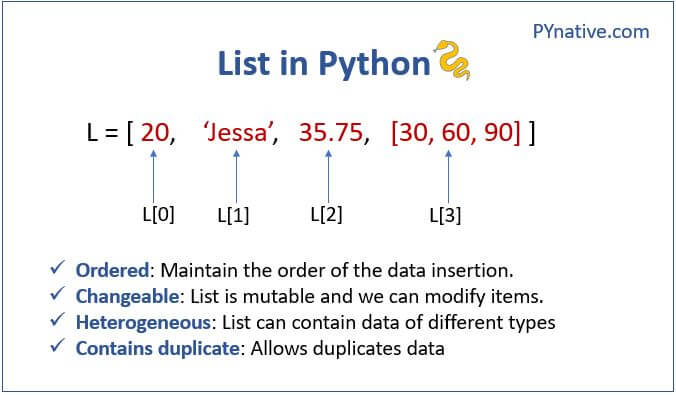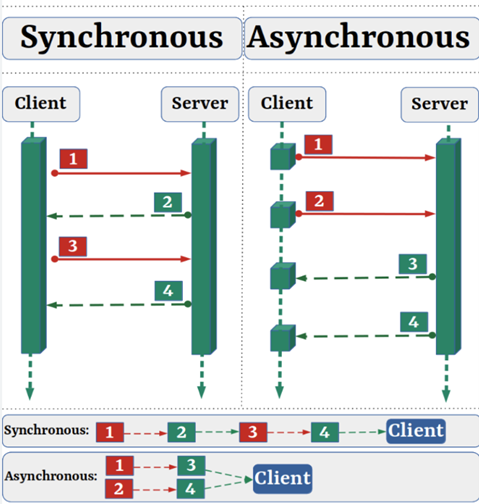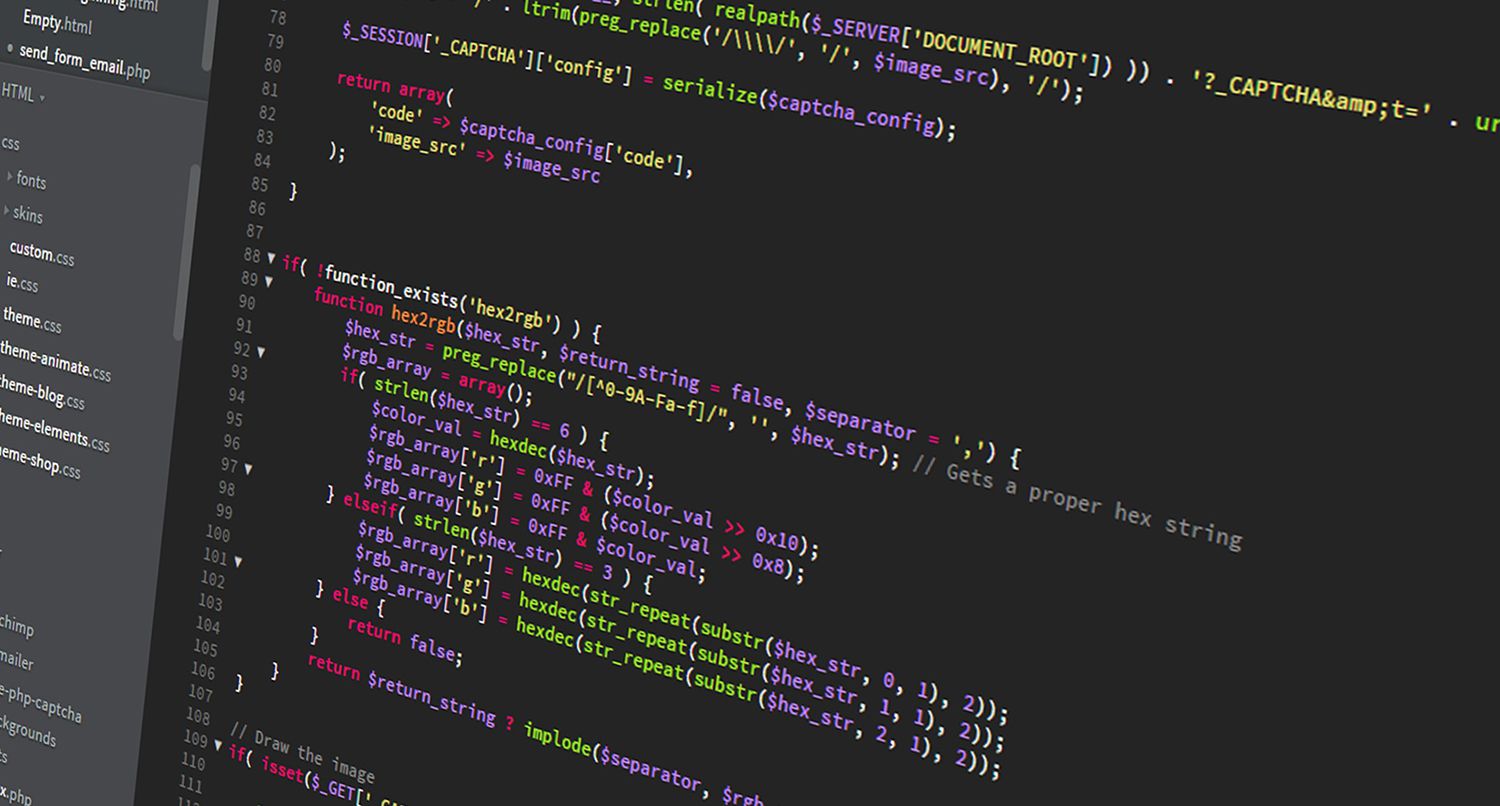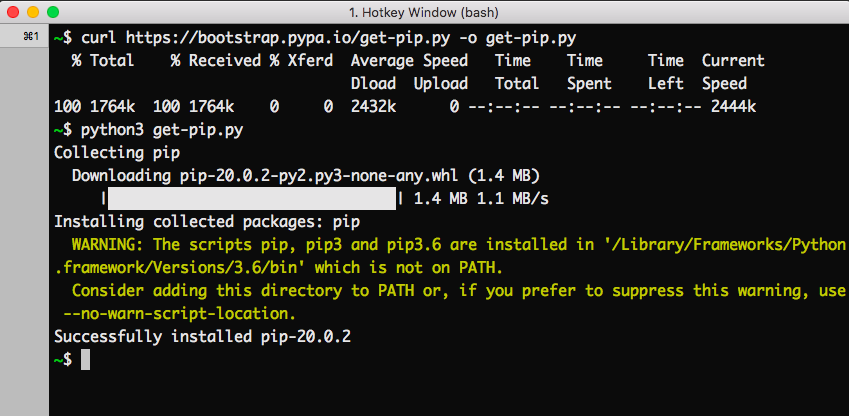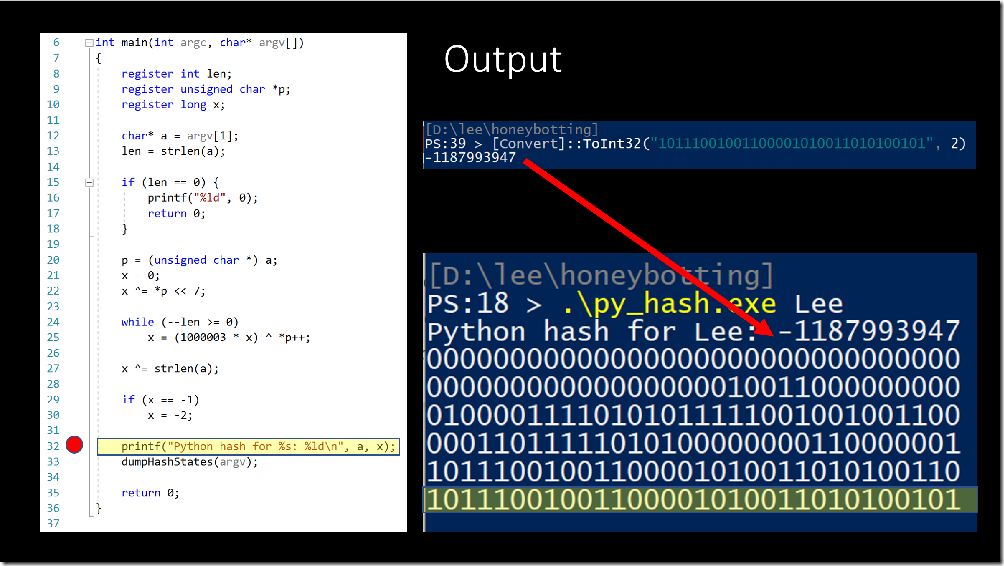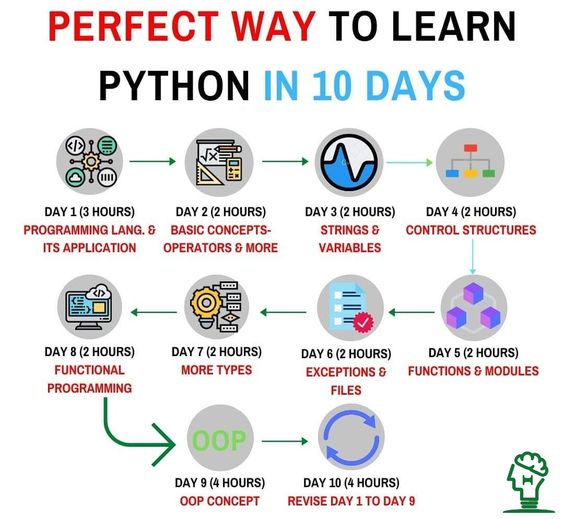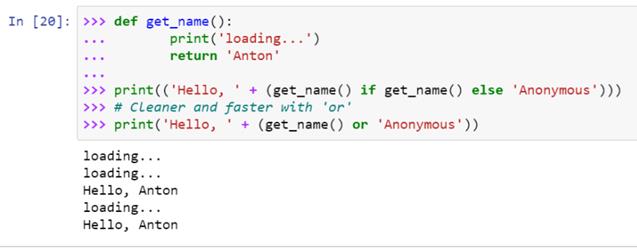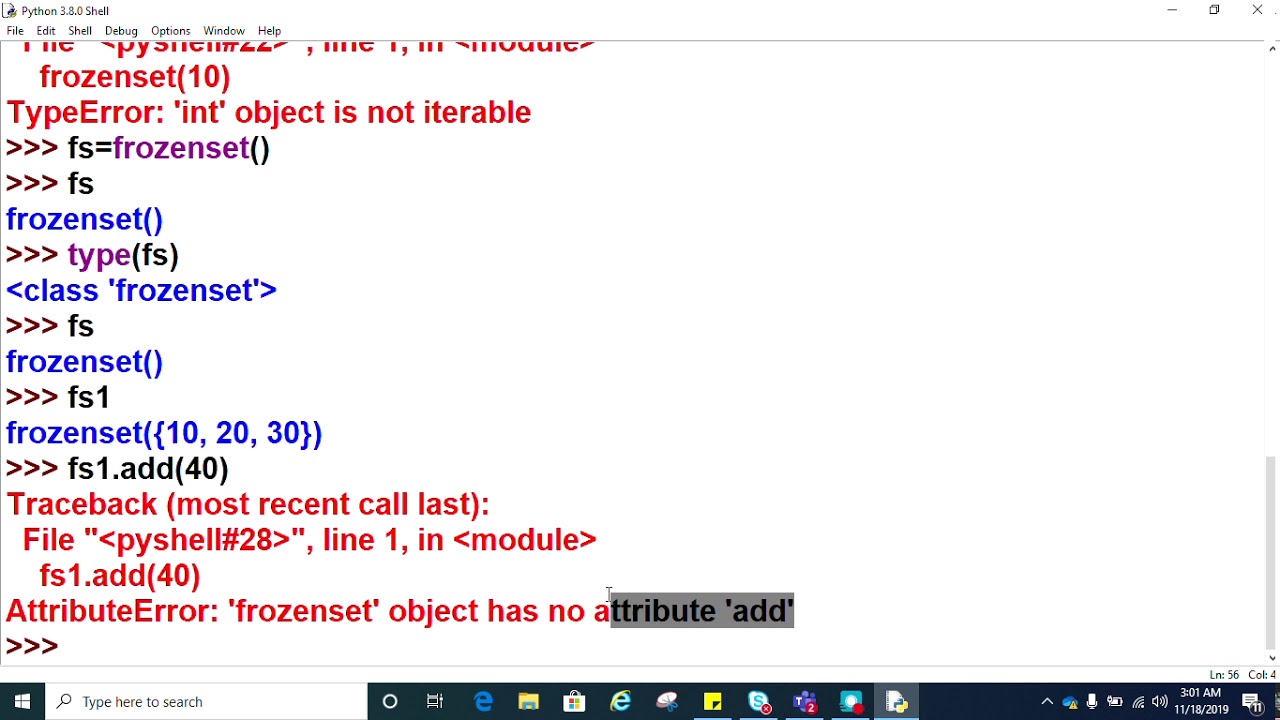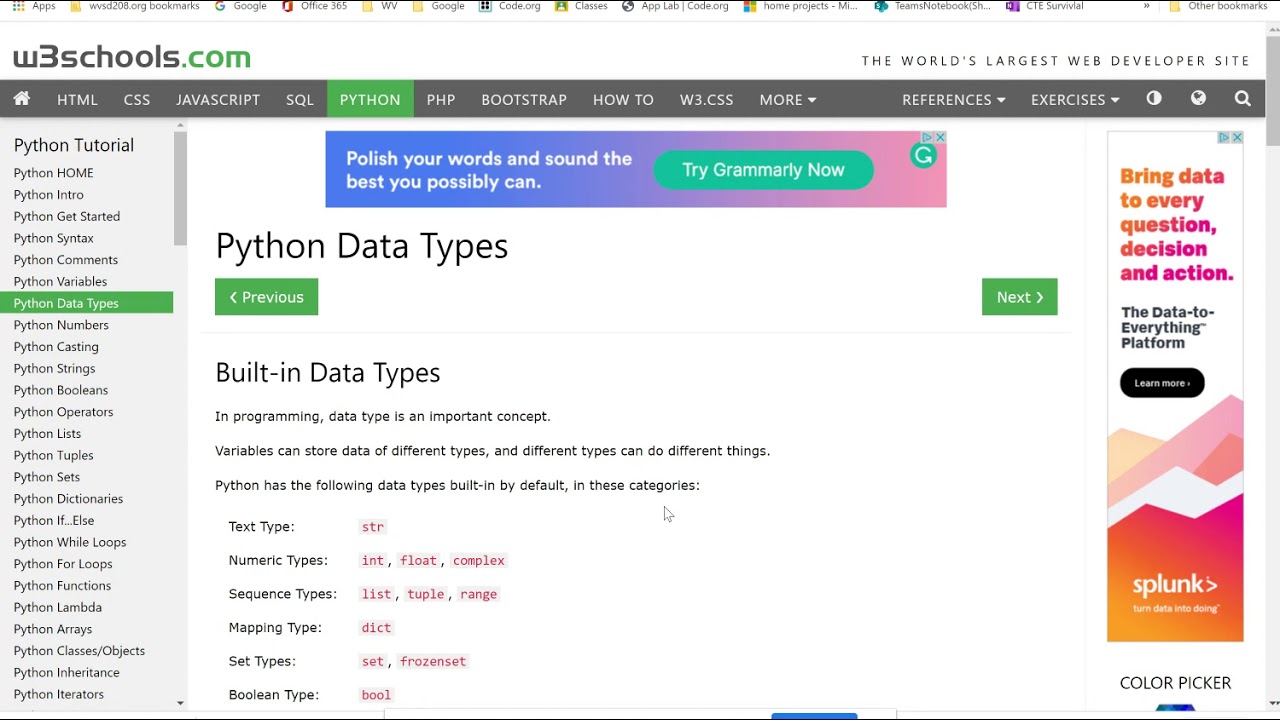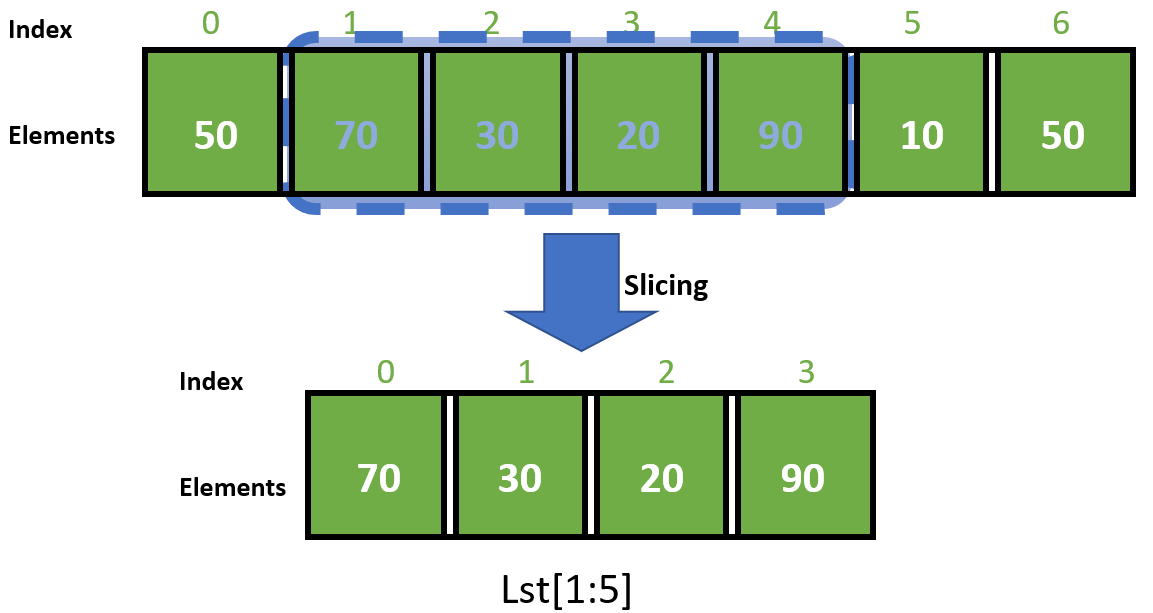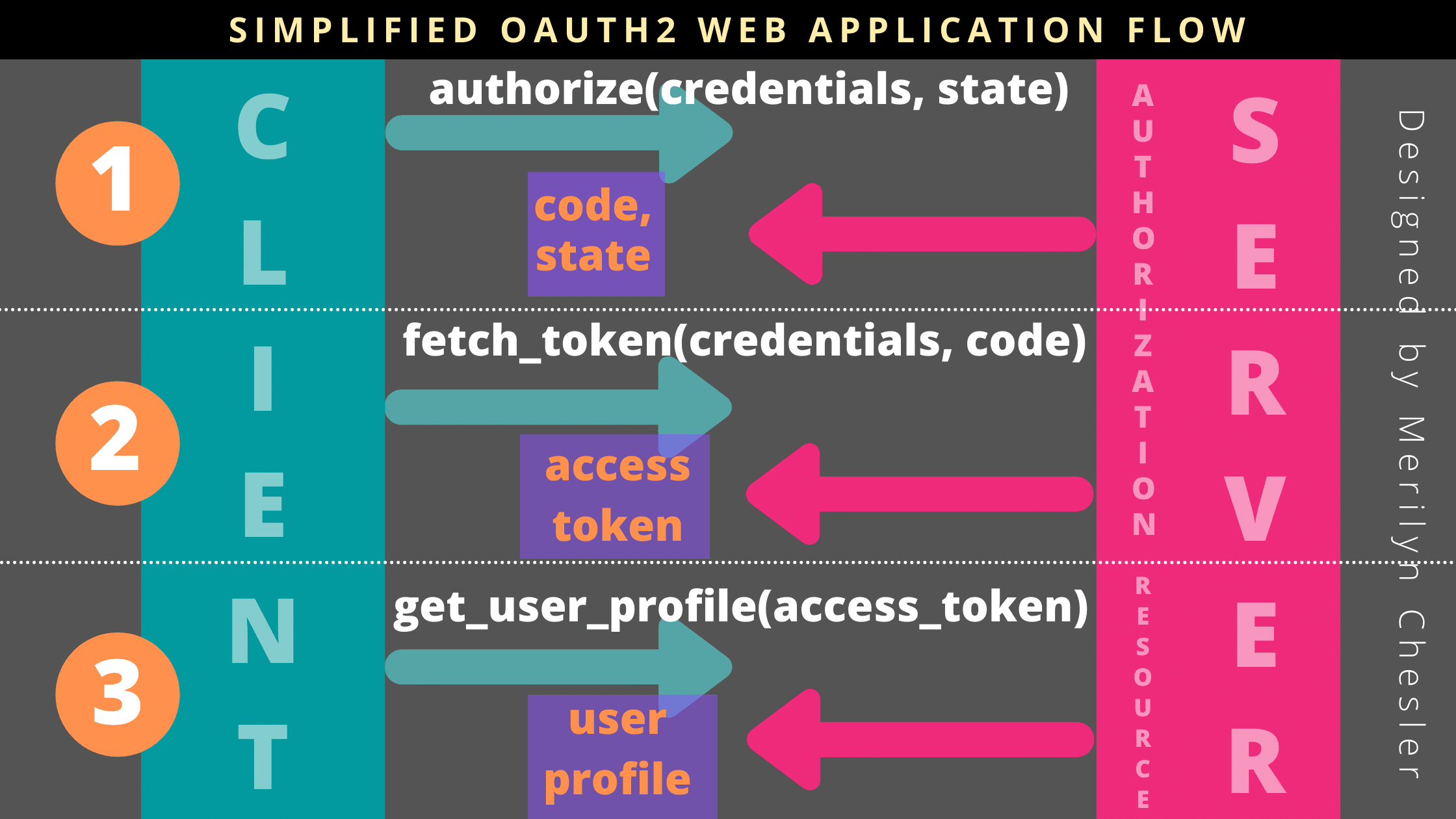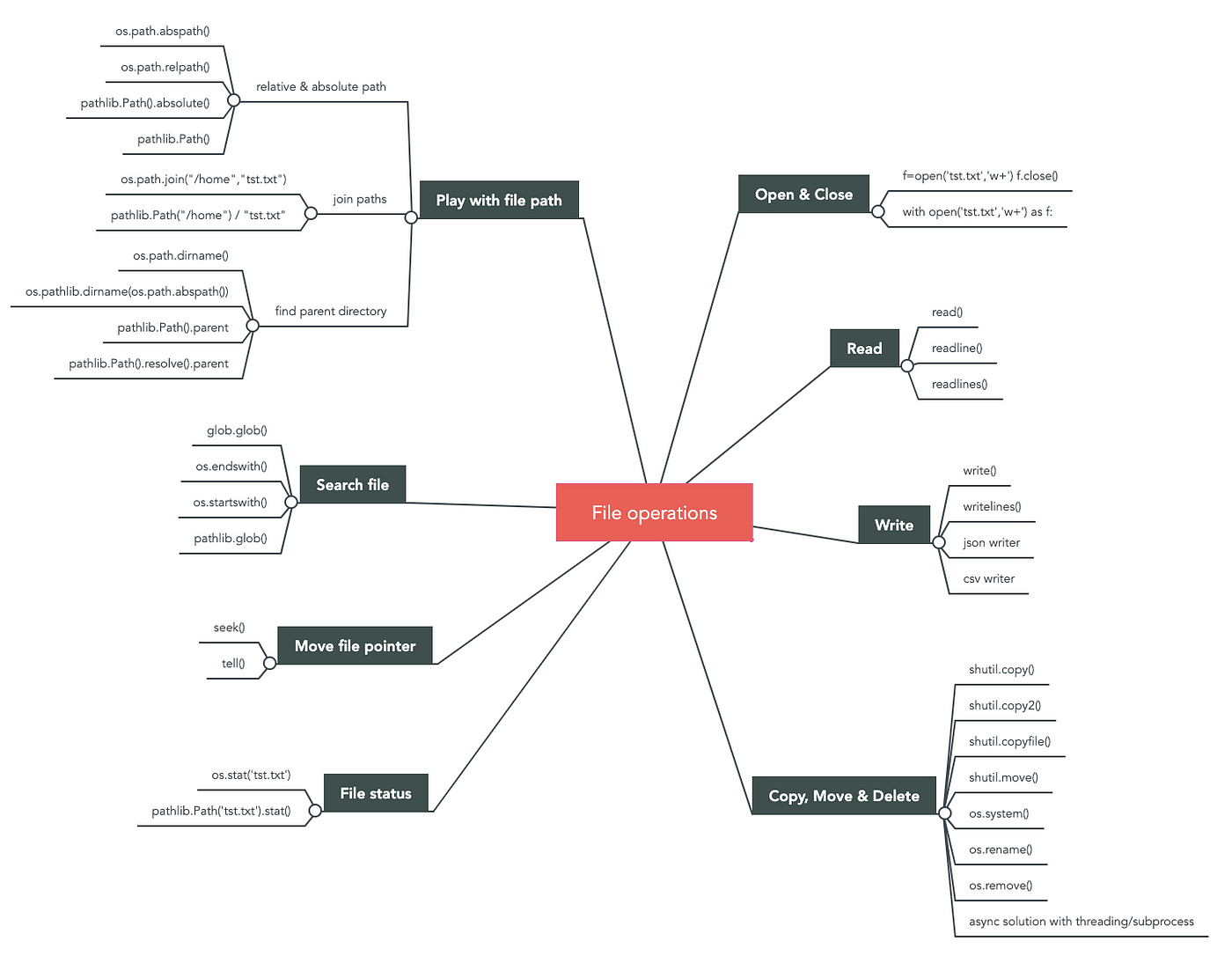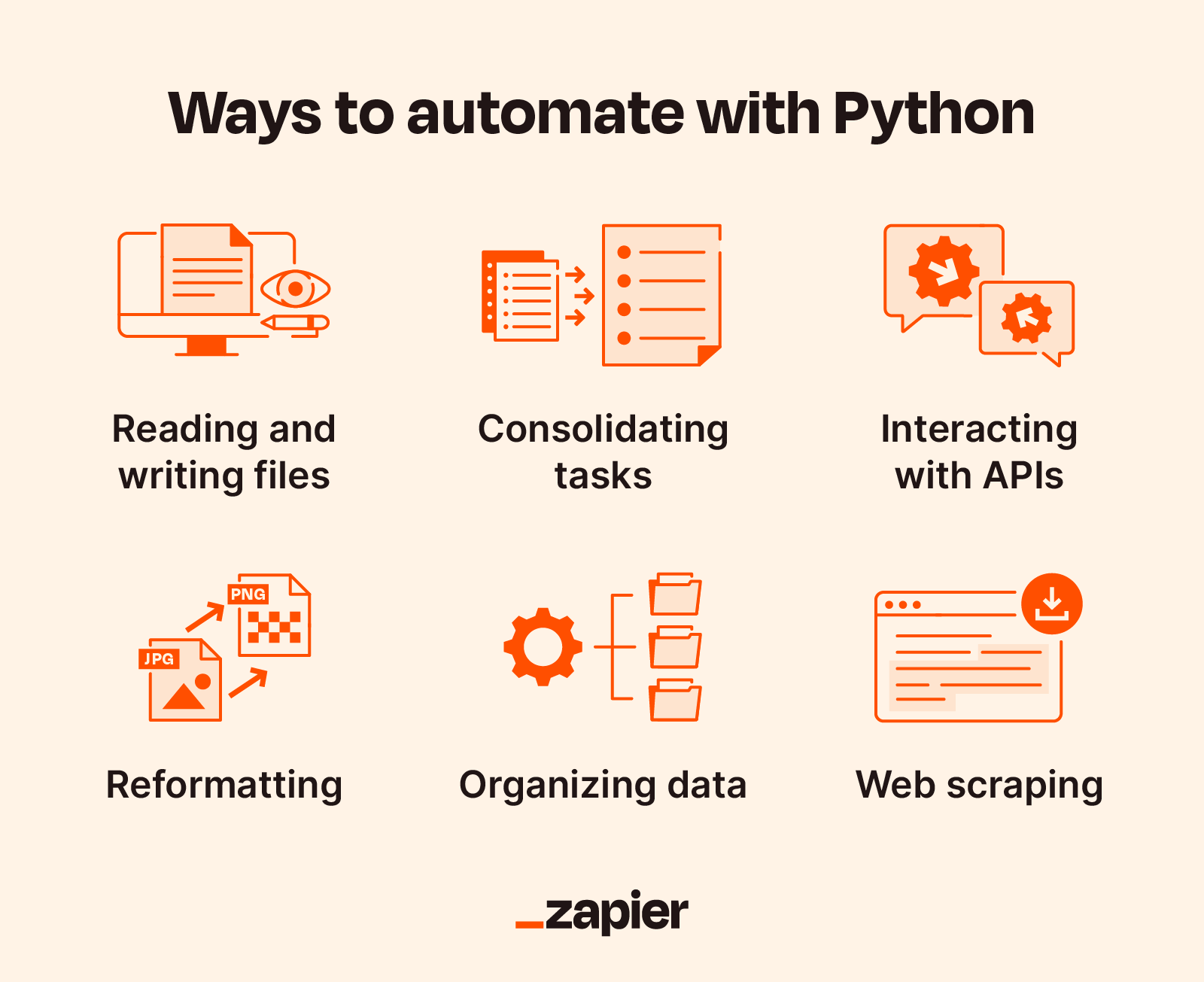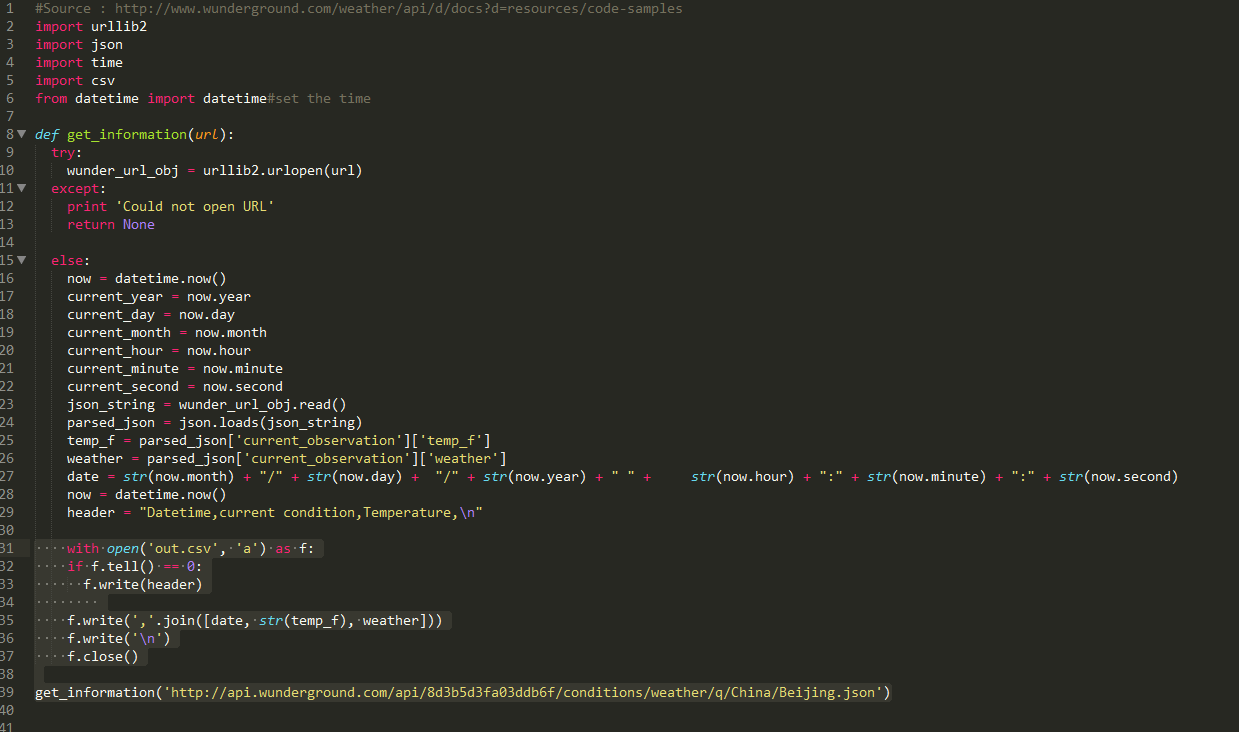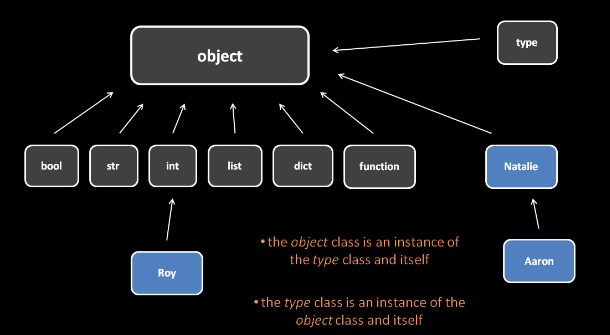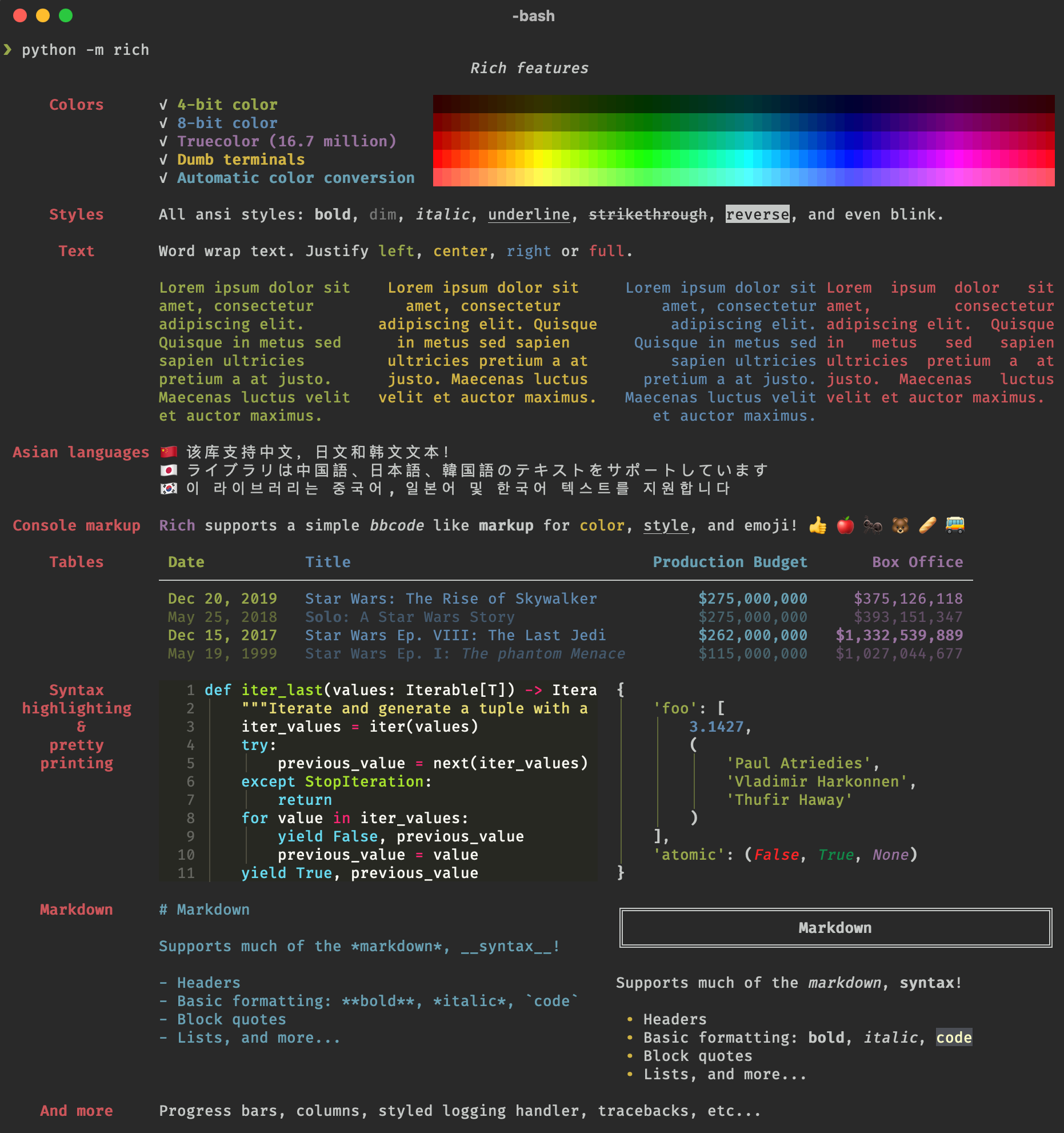What are methods in Python?
What are methods in Python?
I'd be happy to respond in English for once!
In the world of programming, a method is a block of code that can be called multiple times from your program. In Python, a method is essentially a function that is part of a class or object. It's used to perform specific actions on objects or data.
Python provides several built-in methods that you can use in your programs. Here are some examples:
String Methods: Python has many methods for working with strings, such as:upper() - converts a string to uppercase. lower() - converts a string to lowercase. strip() - removes leading and trailing whitespace characters. split() - splits a string into substrings based on a specified separator. List Methods: Python's list type has many useful methods, including: append() - adds an element to the end of the list. extend() - adds multiple elements to the end of the list. index() - returns the index of the first occurrence of a specified value in the list. sort() - sorts the elements of the list. Dictionary Methods: Python's dictionary type has methods for working with key-value pairs, such as: keys() - returns a view object that displays all the keys in the dictionary. values() - returns a view object that displays all the values in the dictionary. items() - returns a view object that displays all the key-value pairs in the dictionary. File Methods: Python has methods for working with files, such as: read() - reads the contents of a file. write() - writes data to a file. close() - closes an open file.
Python also allows you to create your own custom methods using classes and objects. This is useful when you need to perform specific actions on data or objects in your program. Here's an example:
class Person:def init(self, name, age):
self.name = name
self.age = age
def say_hello(self):
print(f"Hello! My name is {self.name} and I'm {self.age} years old.")
person = Person("John", 30)
person.say_hello() # Output: Hello! My name is John and I'm 30 years old.
In this example, we define a Person class with an initializer method (__init__) that sets the object's name and age attributes. We also define a custom method called say_hello() that prints a greeting message using the object's attributes. Finally, we create an instance of the Person class and call the say_hello() method to print the greeting.
These are just a few examples of methods in Python. By mastering these built-in and custom methods, you'll be able to write more efficient and effective code in your programs.
Difference between attributes and methods in Python
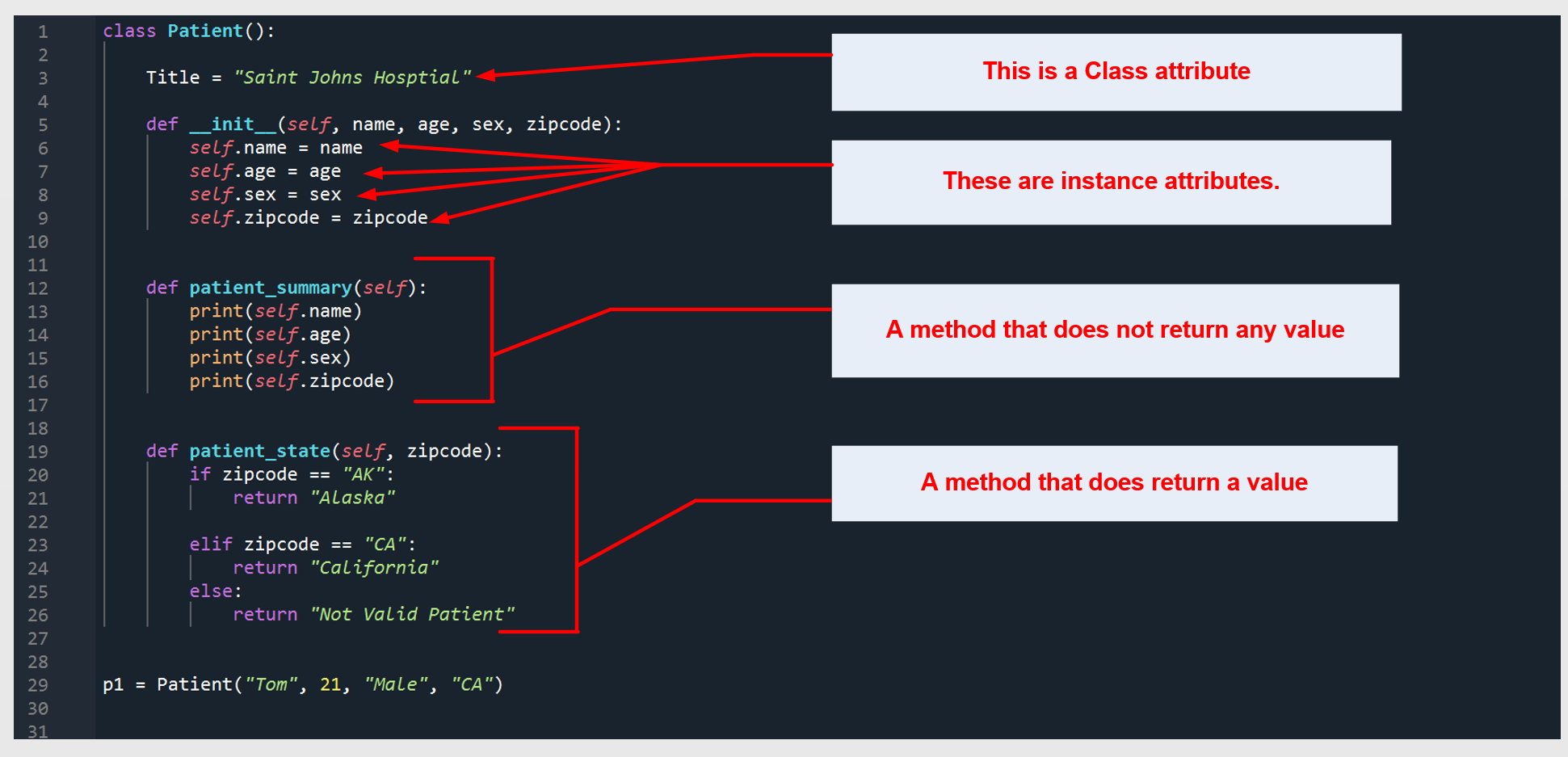
Here's a detailed explanation of the difference between attributes and methods in Python:
In object-oriented programming (OOP), attributes and methods are two fundamental concepts used to define the characteristics and behaviors of classes. While both play crucial roles in shaping the class's functionality, they have distinct differences.
Attributes:
Attributes are data members or properties that an object possesses. In other words, they are variables that are attached to an instance of a class. Attributes can be thought of as the object's state or its characteristics, which can be accessed and manipulated through methods. Think of attributes as the object's "personal" features, such as height, weight, name, address, etc.
In Python, you can define attributes using either public or private variables (by prefixing them with double underscores). For example:
class Person:def init(self, name):
self.__name = name # private attribute
def get_name(self):
return self.__name
In this example, __name is an attribute that's specific to each instance of the Person class. The get_name() method can access and return the value of this attribute.
Methods:
Methods are functions or procedures that belong to a class. They are used to encapsulate logic related to the class's behavior, such as performing calculations, validating inputs, or updating attributes. Methods can be thought of as the object's "actions" or "functions," which can be invoked using an instance of the class.
In Python, you define methods by creating functions within a class definition. These functions have access to the class's attributes and can manipulate them accordingly. For example:
class Calculator:
def init(self):
self.result = 0
def add(self, num1, num2):
self.result += (num1 + num2)
return self.result
calc = Calculator()
print(calc.add(2, 3)) # Output: 5
In this example, add() is a method that takes two numbers as input, adds them to the internal attribute result, and returns the updated value.
Key differences:
Purpose: Attributes represent an object's state or characteristics, while methods represent an object's actions or behaviors. Access: Attributes are accessed directly through an instance of a class (e.g.,person.name), whereas methods are invoked using an instance of a class (e.g., calculator.add()). Mutability: Attributes can be modified indirectly through methods, but they themselves cannot change their values without external intervention. Scope: Methods typically have access to the class's attributes and can manipulate them, whereas attributes are specific to each instance of a class.
In summary, attributes describe an object's state or characteristics, while methods define the object's actions or behaviors. Understanding the differences between these two concepts is essential for building robust, maintainable, and well-designed Python programs.
